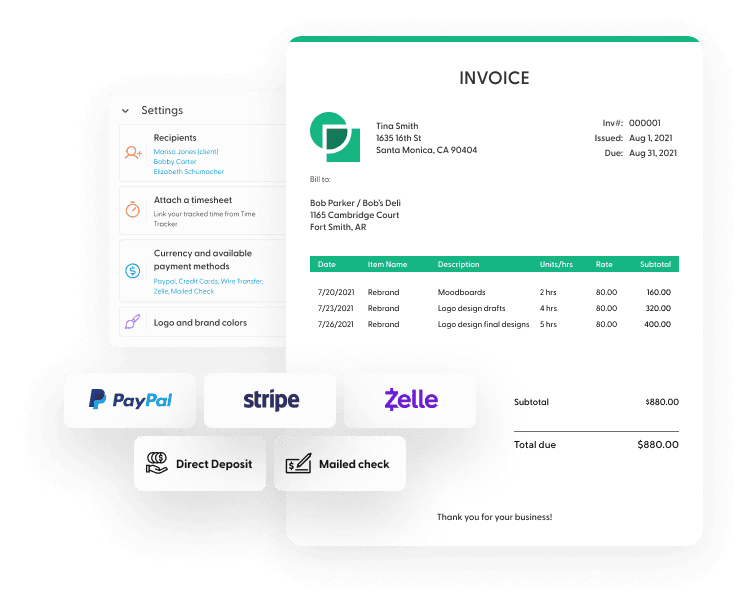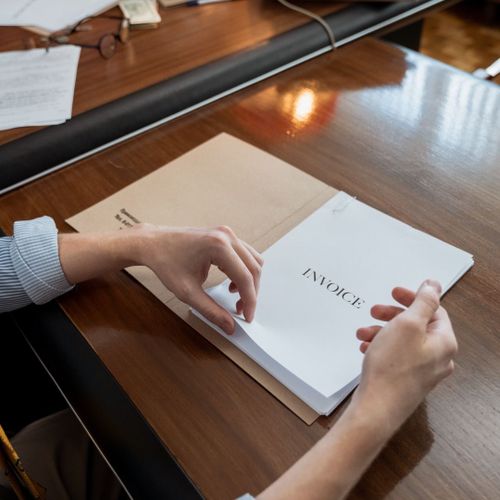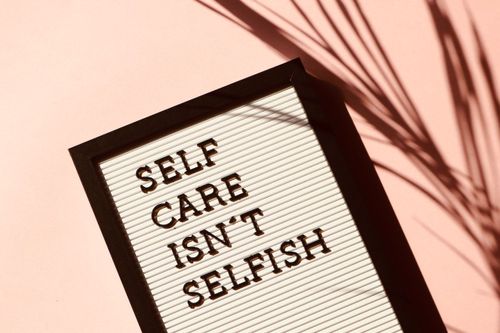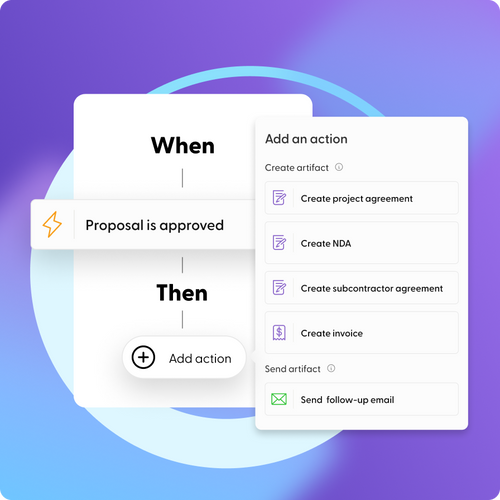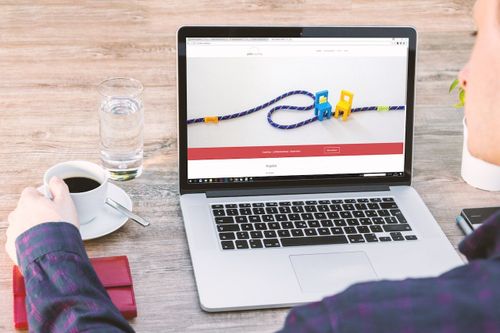When a designer produces a garment or product, the designer generally needs to show it off to the audience. This is where modeling for the fashion industry comes in. Fashion modeling entails employing individuals to demonstrate a specific style of clothing. This allows the general population to see how a certain outfit appears, which might spark the people’s curiosity. Fashion modeling may be used to exhibit a variety of various sorts of fashion goods. Garments, accessories, jewelry, and cosmetics are some of the products that may be modeled.
Fashion modeling is frequently utilized as a form of advertisement in the fashion business. Models are frequently featured in publications, catalogs, television, and the Internet.
Fashion modeling is the art of utilizing human models or the human form to demonstrate fashion trends in clothing, cosmetics, and grooming. These displays might take the shape of live fashion shows, photographs used on billboards or publications, or advertisements or television shows.
Although many people assume that fashion modeling is only about dressing up and looking nice, there is more to it than that. While a job as a fashion model can be thrilling and beautiful, it is also challenging and stressful.
Fashion models must have a specific appearance and behavior. As a result, these people must put in a lot of effort to keep a particular image. Maintaining bodies in peak form generally entails stringent diets and exercise. Models are expected to stay up with the newest trends and wear them as well.
Models in the fashion industry typically work long hours in a variety of locations and surroundings. On a beach, for example, swimsuit models will almost always be required to wear many swimsuits. This sort of job, while appealing to some, frequently entails frying in the sun or smiling for the camera for hours in frigid, windy conditions.
Fashion models must move or posture bodies in specific ways or rely on facial expressions to produce a special appearance when modeling.
Fashion models should also have a kind demeanor and excellent people skills since they will be required to deal with a wide range of individuals while on the job. Stylists, makeup artists, designers, and photographers may all be required to work with them.
Specialization can be in a variety of modeling disciplines, such as:
- Catwalk and high fashion.
- Editorial photography for publications.
- Publications, billboards, Internet, and social media advertising.
- Commercials on television.
- Music videos, personal appearances, pamphlets, and brochures, all examples of promotional modeling
- Designers and apparel wholesalers can benefit from in-house live modeling.
- Modeling for a fashion show, i.e., cat walking and turning to exhibit clothing in front of an audience
The following skills and knowledge are essential:
- The capacity to collaborate well with others.
- Active listening skills.
- The ability to be adaptable and open to change physical abilities such as mobility, coordination, agility, grace, patience, and the ability to remain calm in difficult situations
- The capacity to plan ahead of time and manage your workload
- Abilities of concentration
- Endurance and physical fitness
- To be able to use a computer or a hand-held device to do basic tasks
How to bill for modeling?
Each modeling assignment is unique, as are the clients and budgets. Finally, the quantity of experience possessed, the caliber of the photos in the portfolio, and the client’s spending plan should all affect how much is charged. Not every customer will be willing to pay what is desired.
When it comes to compensation rates, a model’s level of expertise is a significant determining element. So before charging for services, new and unskilled models should expect to go through a series of test shootings to build up a portfolio. It is not compulsory to be a model for a certain length of time or a certain number of years before changes occur.
It’s possible to be overlooked if one charges too much or exploited if the charges are too little. It will happen, so be ready and don’t take it personally. It’s part of the deal.
When thinking of how to bill a client, put the following into consideration:
- What is the budget of the client? (This will generally indicate what clients are willing or able to pay—a minimum or maximum amount—or ask what is charged for a shot that lasts “X” number of hours.)
- What is the nature of the job? Fashion, advertising, glamour, swimsuits, and tradeshows? (Due to the nature of these sorts of shots, swimsuits, glamour, and creative nude clients usually pay more fabulous prices.)
- What is the length of the shoot? (a one- or two-hour shoot, a half-day, full-day, or multi-day shot)
- Are there any benefits? (Will clients cover the costs of transportation, accommodation, and food)
- What information is required? (costumes, makeup, and hair, extras)
Consider each gig separately and evaluate the benefits and disadvantages. With time, patience, and training, the model acquires a better sense of what should be charged, and there will be a certainty that it is worth it. If no one is willing to pay the rates, the model may want to take a step back and rethink the pricing ranges if they are a little too high.
How to create an invoice for modeling?
It is a business document that lists and tracks the exchanges between a model and a customer. A business modeling invoice sample would specify the services performed, payment modalities, and payment deadline.
Here are some helpful hints for servicing as the invoice tool for modeling services:
- When creating a model invoice, keep it basic.
- Make the invoice brief and straightforward so that clients may quickly comprehend what it contains. If billing is done for modeling service by the hour, the paperwork should indicate what is invoiced, the service provided, the hours spent, and the charges or fees per hour.
- In the model invoice template, provide personal information.
- Provide the personal details, such as name, contact, mobile number, email, and the information of the clients
- In the modeling invoice template, provide billing terms and conditions.
- In the invoice, including the payment terms as well as the time frame. State the currency and desired method of payment as well
- In the modeling invoice template, address the invoice to the correct recipient.
- Modeling freelancers frequently face payment delays as a result of submitting invoices to the incorrect people. If having trouble being paid, find out who’s in charge of payments and see if anything can be done.
- Ensure that the modeling invoice is clear.
If the client may be confused, clarify the payment conditions and avoid using too much business jargon. The invoice aims to inform clients that services have been paid for, not to lecture clients on modeling.
- Make sure the modeling invoice is sent on time.
The client can send the invoice once the deliverables are completed as specified in the contract. When clients get bills on time following a successful modeling session, it is more likely to get a reply quickly. Because invoicing is done for services provided, delivering the modeling invoice template on time encourages clients to consider paying while the service is still fresh in their thoughts.
- Modeling invoice flexibility
As an independent model, flexibility must be demonstrated because you are in command of your firm. Provide rewards for early answers and be flexible with payment arrangements and alternatives to motivate clients.
How much to bill for modeling?
It’s not always simple to make money as a fashion model because it’s a competitive industry. Some models may not generate enough money to support the modeling career and seek work elsewhere. However, some of the most handsome and successful models may frequently make a good living solely from modeling. According to the Bureau of Labor Statistics, the average annual modeling paid in 2017 was about $22,900. More successful models earn significantly more money and are frequently rewarded with complimentary fashion items such as clothing, jewelry, and cosmetics.
Models may earn good money, and based on the sort of modeling done, modeling can bring a lot of money every day. Plus-size models, like male and body models, make a lot of money. Models are compensated handsomely for simply using hand or foot for the day. Let’s take a closer look at each category:
Runway/ramp model – These models may make up to $20 000 each show or $200 per hour. Fittings and rehearsals will also be reimbursed as well.
Editorial models - must meet different standards than catwalk models and will be compensated accordingly. If models are performing well, these models may expect to earn approximately $100 each hour. Starting model salaries can be as low as $20 per hour, and the models may need to work for free to build a standard modeling portfolio.
Hand or foot model – This set of models make a little less than a runway model, but compensation will be done at around $100 per hour. Because the models are not bound by a contract to work for only one product of a similar kind, this position permits these models to take on additional tasks. However, if the model face is visible, it causes the inability to model for a competitor’s goods.
Commercial model - This sort of modeling may be pretty lucrative, with an hourly rate of $200 on average. Again, smaller companies may pay less, while national campaigns may pay more. Models will need to understand the many sorts of compensation available for advertising shots, including different locations, media, and durations of time, among other things. A savvy agency or model who negotiates personally may ensure that a good advertising campaign pays off for as long as it is displayed.
Photographic Model - For catalogs, models may make up to $100 per hour or $1,500 per day, and for advertising agencies, models can earn up to $250 per hour or $10,000 per day.
Child Model – These models may make anywhere from $50 to $1,000 per day as a child model (about 5 hours)
Range Showing Model – This set of models will be paid according to the number of hours worked, which may be more than specific picture assignments or ramp work.
These types of models can earn incentives for traveling, modeling in harsh weather, or modeling in odd, risky locations in addition to all of the above. If staying on set for longer than the stipulated or allowed time limit, usually 12 hours for adults and 3-6 hours for children, compensation will be paid at overtime rates.

